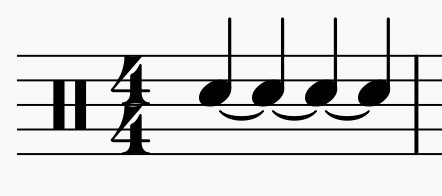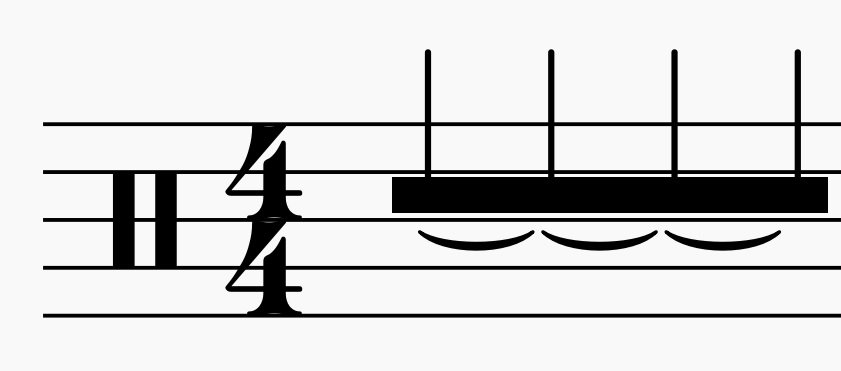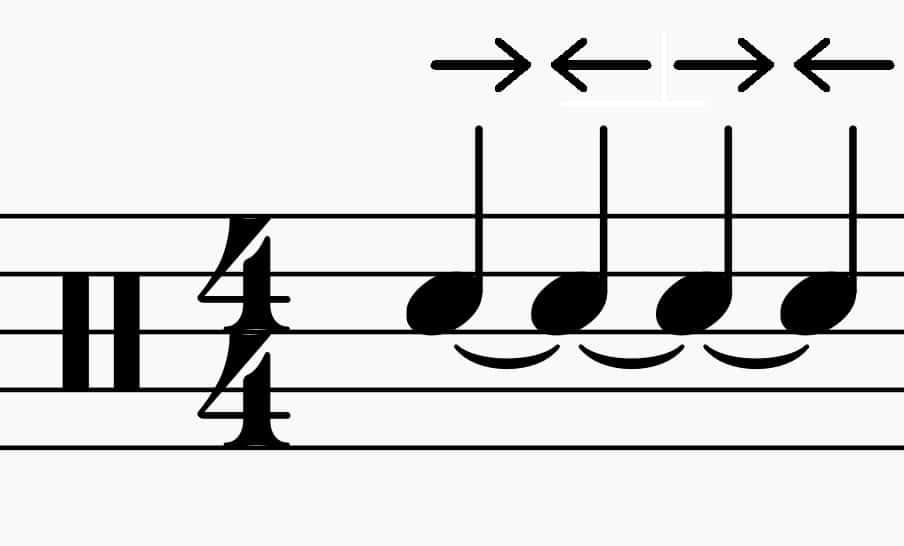This post contains affiliate links. We earn commissions if you purchase products from retailers after clicking on a link from our site. As an Amazon Associate, we earn from qualifying purchases.
I was curious to know if there was a special kind of notation for using a drum brush–so I did some research and am putting what I found here in this article. The answer somewhat surprised me:
Drum brush notation is not standardized, and so it is open to the interpretation of the one writing the score. A legend is required on the score if the writer needs to explain specific drum brush patterns.
With that being said, there are many cases where someone does write down drum brush notation, and it’s often for the case of helping explain certain techniques. I’ll document my findings here.
Drum Brush Notation Techniques
Playing brushes on the drums is a completely different experience than playing with sticks. The movements and techniques are very specific–and they vary from drummer to drummer
There are several brush sweep patterns that make playing with drum brushes a very expressive experience. There are techniques that many drummers practice, and therefore, those writing drum scores will occasionally attempt to capture different techniques.
What I can’t do is prepare you for every type of brush technique out there–but what I can do is give you some examples of different drum brush notations that will resemble what you will see out there.
If you want to see some excellent descriptions and examples of applications of brush techniques with some notation examples, check out this post here.
Basic Drumset Notation
First off, if you’re ever going to see drum brush notation, you should expect to see it as a part of normal drum notation, such as you see here:

By the way, looking for recording equipment and musical instruments? Check out Sweetwater.com for microphones, monitors, audio interface or any other recording gear that you could ever need. (Affiliate Link)
This is not always standard– some notation will have different markings for the open hi-hat, for example. Very often the score or book will have a legend such as you see in figure 1 detailing what the notation looks like.
In reality, most of the time there will be no notation for the drummer in a real music piece. Often the drummer will have kicks (places where the drummer should emphasize a particular beat), and some text saying to play with brushes.

Sustained Notes With Brushes
When you’re playing with brushes, you often are using your left hand (what’s usually your snare hand when playing the drum set) to create sustained notes–a constant rhythm that keeps time and helps divide the beat for the rest of the group.

There are many ways to achieve this–for example, you can start with the left hand on the first note, and then complete a full oval (sometimes called a football) during the duration of the note. Others prefer to only do a half football for each note.
The notation in figure 1 has 4 quarter notes tied together–the intent of this is to show that each note represents a change in the brush stroke–the ties showing that the notes are sustained as if they were one continuous note.
Here’s another example of how notation could look:

I saw the description of this notation on Wikipedia, and again, the idea is to describe long sustained notes with little distinguishing between each note.
Sometimes you’ll see arrows or other markings that indicate which direction to sweep the brushes:

That’s the left hand, a tricky part of this is that you can be keeping the rhythm constant with your left hand while playing accents with your right hand on the same drum.
This is where the notation will have to depart from normal drum notation. You have to put that right hand notation somewhere! So you may see notation where you put the right hand notation above the ledger lines where the cymbals go

Summary
For the most part, you won’t see drum brush notation in a song–but you may see it in drum books teaching you drum brush notation, or you may see it in some songs where the composer has a very specific idea of what brushes should sound like.
The important parts of the notation is to communicate what sound you’re looking for. Experiment and find out what notation works for you. Make sure you give a good explanation at the beginning of your song for those reading it so they can have a clear idea of what you’re looking for.
